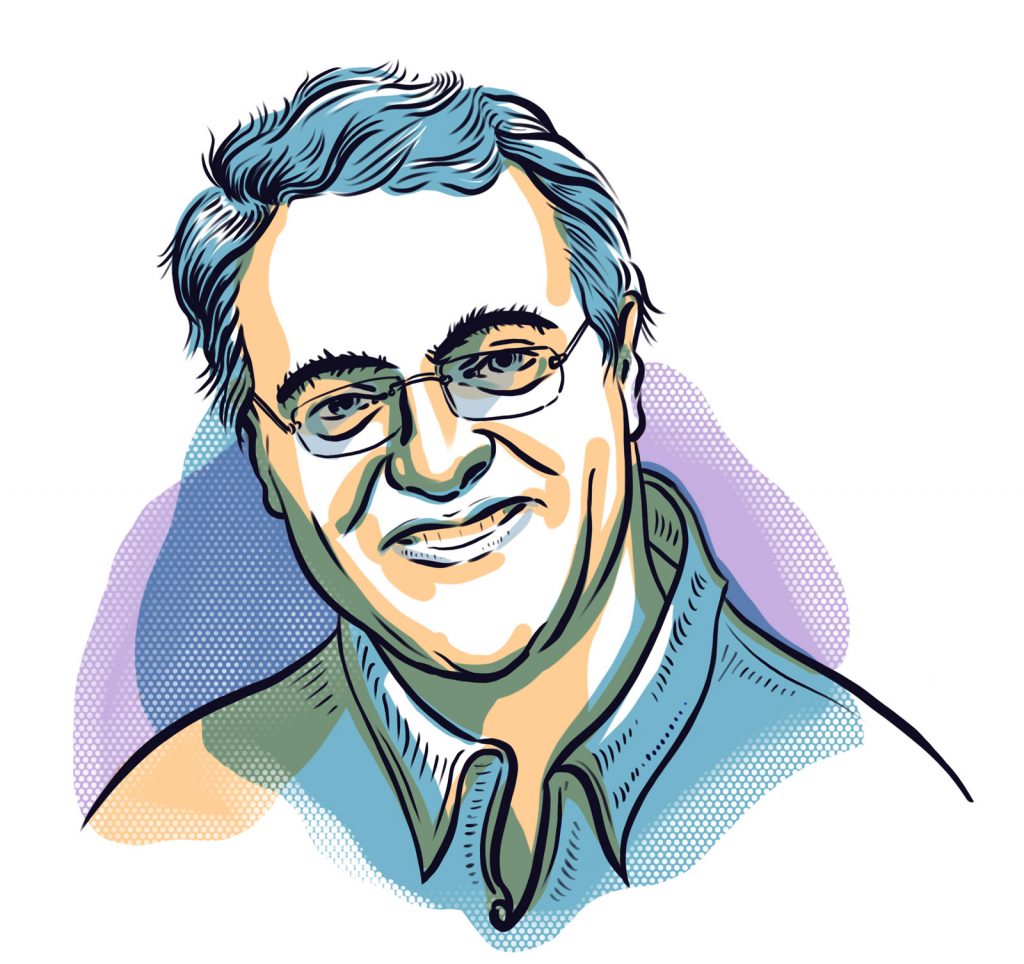The dharma has been slow to take root in Latin America. But perhaps no one has played a more critical role in sharing Buddhist teachings with Spanish-speaking seekers than Marco Antonio Karam, director of Casa Tibet, the Latin American counterpart of Tibet House, headquartered in Mexico City.
Born in Mexico City to an upper-class business family, Karam is proud of his background and says his upbringing gave him the tools to promote the Tibetan culture in Mexico. Early on, Karam was trained in classical organ and even considered a career as a musician. “But Buddhism was always my first choice,” he said, “even though I didn’t have a clue in those early days how to make this possible.”
Karam was drawn to Buddhism as a teenager when he read the books Born in Tibet and Meditation in Action by Chögyam Trungpa Rinpoche. Later he traveled to Denver to seek advice from Trungpa, who was teaching at Naropa University. “He was the one who gave me suggestions on how to consolidate my Buddhist education.”
Now, many years later, one of Karam’s missions has been to educate Mexicans about the meaning and importance of Buddhism.
“Many people erroneously see this ancient tradition as a New Age spiritual practice,” said Karam. “What Casa Tibet has tried to do over the last 32 years is present the depth of Buddhist teachings and their relevance in contemporary society.” To that end, Karam has worked to “‘tropicalize’ the Buddha’s teachings so they are pertinent and meaningful to Western, Latin American, and Spanish-speaking audiences.”
That means underscoring the similarities between these apparently different cultures. “To begin with, our culture is theistic, mostly Catholic, and very conservative, in contrast to Buddhism’s nontheistic tradition. And over the centuries Tibetan Buddhism has accentuated introspection and contemplation, which is not as common in Christianity.” Yet despite their religious differences, Karam believes Mexicans and Tibetans do have things in common, such as large, close-knit families, a baroque outlook toward life, and a love for spicy foods. He discovered some of these similarities while studying with His Holiness the Dalai Lama in
Dharamsala, India. After getting to know Karam, the Dalai Lama decided that this Mexican lama was the one to bring Tibetan culture to Mexico and other Spanish speaking countries.
The idea of opening a Tibet House in Mexico came from both the Dalai Lama and one of Karam’s most influential teachers, Geshe Lhundub Sopa, the first Tibetan to be given a position as a full tenured professor at an American university. In the 1980s, Karam studied under Geshe Sopa at Deer Park Buddhist Center in Wisconsin.
Since its official opening in 1989, Casa Tibet has expanded to nineteen Spanish-speaking centers in Mexico, Central America, and some US border states. It has two thousand active members, while hundreds of thousands have participated in its various activities.
Karam himself teaches four classes each week from Mexico City that are geared to different levels of practitioners, from neophytes to longtime students of Tibetan Buddhism. As a translator of Tibetan, Karam says Spanish is a natural fit for teaching the dharma: “The Spanish language allows for the construction of a vast vocabulary that can render terms in a very accurate manner,” he said. “It is extraordinarily rich for the translation of Buddhism.”
Examples of Casa Tibet’s Summer 2021 Spanish-language seminars? “What Is a Bodhisattva?” and “Cultivating Good Feelings for People Who Drive You Loco.” (Spanish speakers interested in Buddhism can join the seminars online via casatibet.org.mx.)
Thank you for subscribing to Tricycle! As a nonprofit, we depend on readers like you to keep Buddhist teachings and practices widely available.
